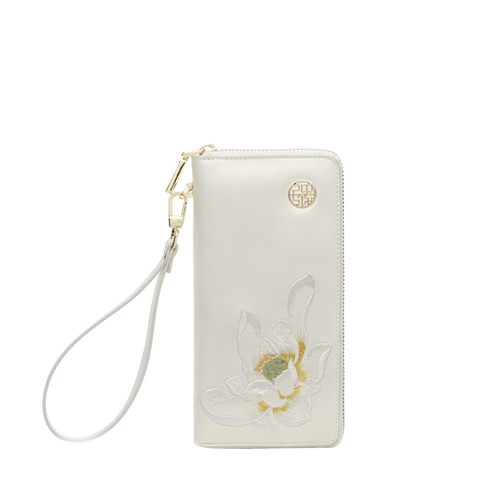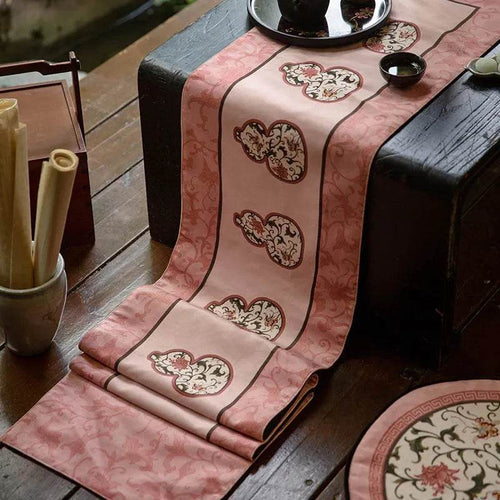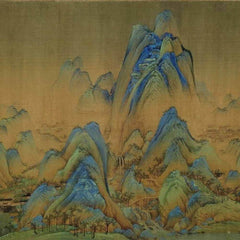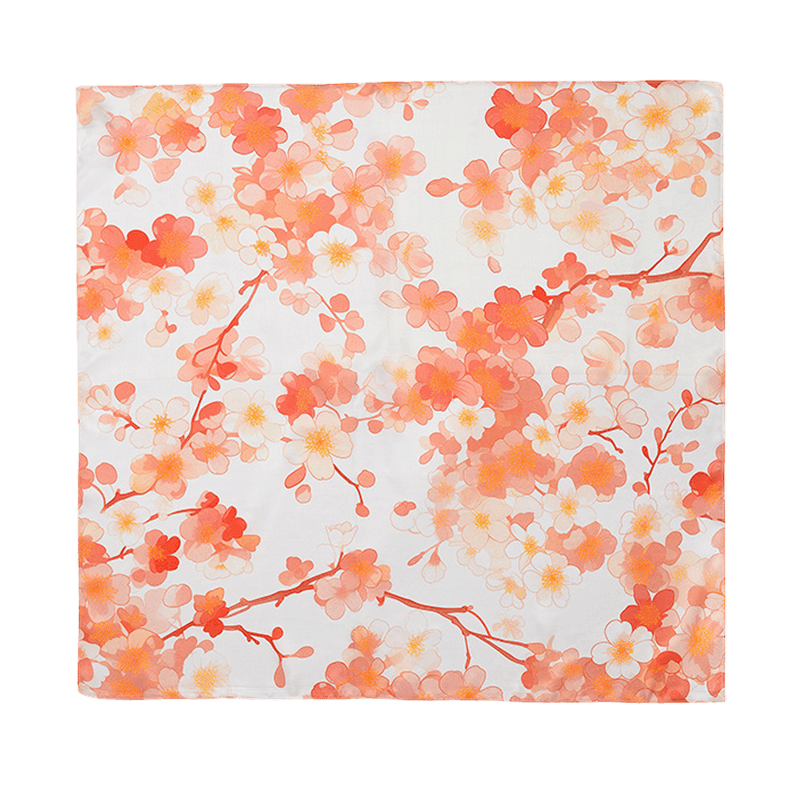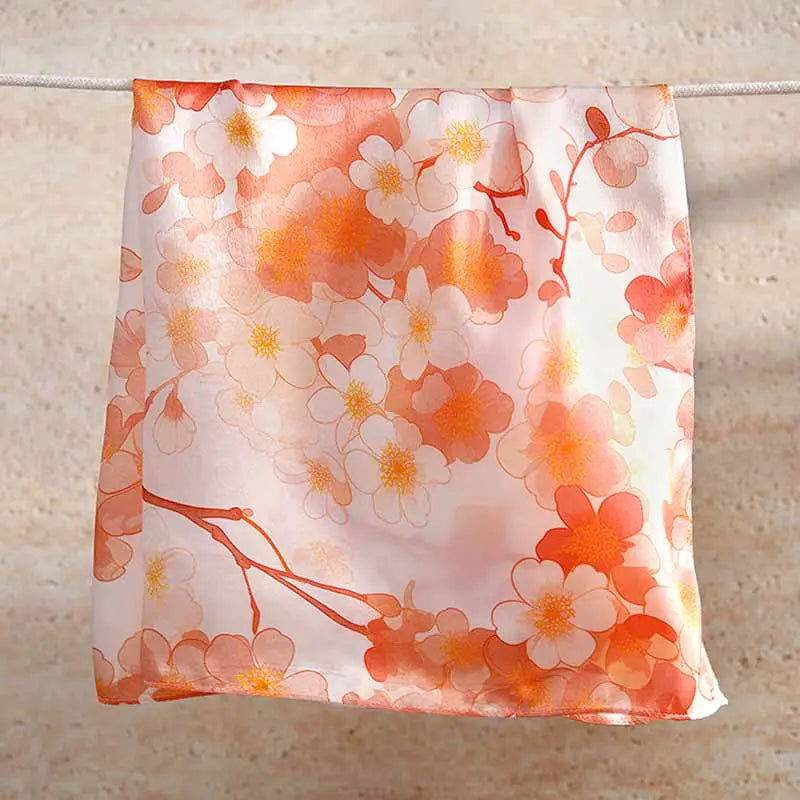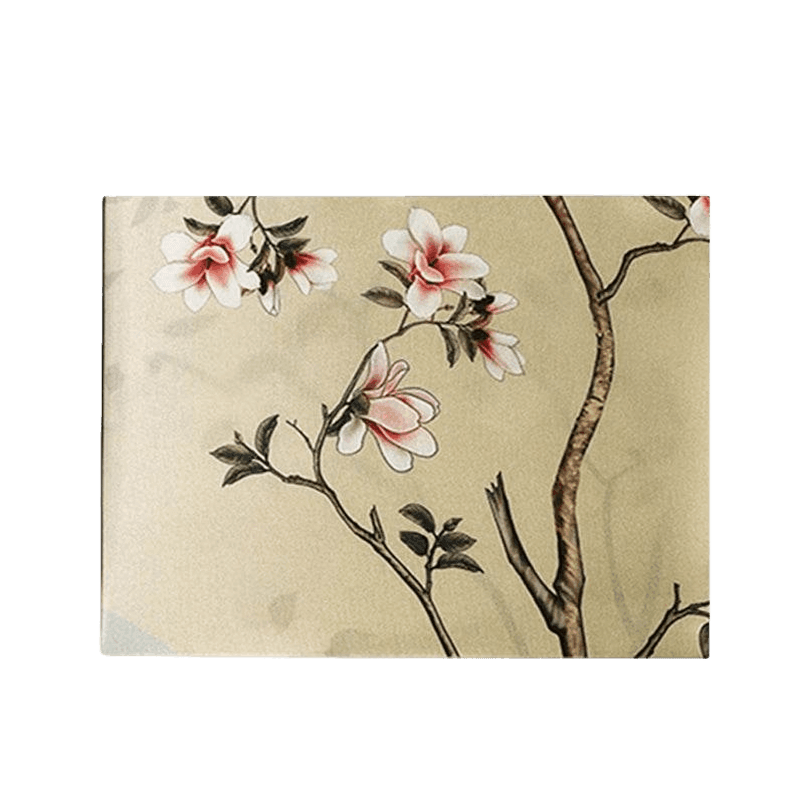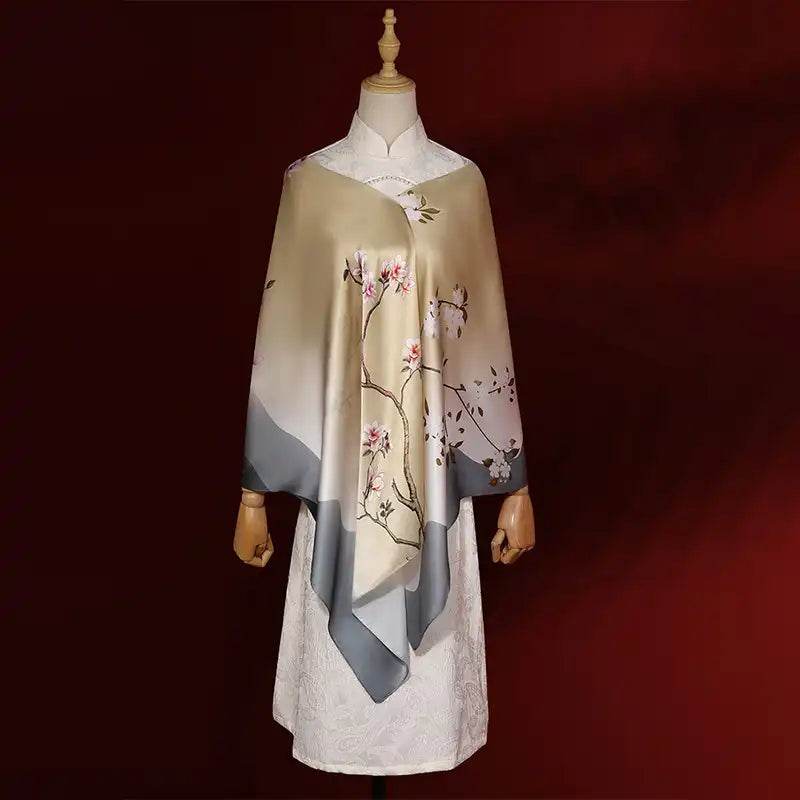Grain Rain, known as Guyu(谷雨) in Chinese, is one of the 24 solar terms in China, marking the arrival of late spring. This vibrant and hopeful time of the year reveals nature's colorful and lively canvas. Grain Rain(Guyu 谷雨) holds profound significance in Chinese agricultural culture. Let's delve into this unique solar term.
1. Introduction to Grain Rain(Guyu 谷雨)
Grain Rain(Guyu 谷雨) is one of the 24 solar terms in China and also the last solar term of the Spring, typically occurring between April 19 and 21 each year, and the grain rain in 2025 will be on April 20. Its name originates from the saying "Rain brings up the grain," derived from the ancient text <Yizhoushu>, "indicating rain's vital role in cereal crop growth. During this period, increased rainfall creates favorable conditions for sowing and growth, laying a lush foundation for the burgeoning spring. Grain Rain, like Rain Water, Lesser Fullness, Lesser Snow, and Greater Snow, is a solar term reflecting water phenomena. It embodies the ancient China agrarian culture’s response to seasonal changes.

2. Climatic Characteristics
During Grain Rain(Guyu 谷雨), rainfall becomes abundant, and temperatures gradually rise, providing ideal conditions for crops. In Northern China, temperatures noticeably increase as spring planting activities surge. Meanwhile, Southern China enters the thunderstorm season with frequent rain showers. Ample moisture and suitable temperatures contribute to the vigorous growth of plants, painting the fields with vibrant green hues.

3. Traditional Customs
Grain Rain(Guyu 谷雨) is marked by diverse customs rooted in a rich agricultural heritage:
Sowing Crops: This period is crucial for spring sowing, as farmers seize the opportunity to plant seeds of hope.

Tea Harvesting: In Southern China, tea leaves picked around Grain Rain are of the highest quality, and farmers are busy harvesting to produce fragrant spring tea.

Sea Worship: Coastal regions practice sea worship, where fishermen pray for safety and a bountiful fishing season.

Eat Xiangchun(香椿): Before and after Guyu, it is the season when xiangchun(香椿) is on the market. At this time, xiangchun(香椿): is mellow and refreshing, with high nutritional value. It is said that“ xiangchun(香椿) before the rain is as tender as silk”.

4. Tips for Grain Rain(Guyu 谷雨)
Sowing Preparation: Take advantage of this time for sowing various crops to ensure optimal germination.
Frost Protection: Despite rising temperatures, some areas may still face cold spells. Implement measures to protect young plants from frost.
Pest Control: As temperatures rise, pest activity increases. Regular field management is crucial to prevent outbreaks.
Spring Tea Tasting: Enjoy tea harvested during Grain Rain, savoring the freshness and aroma of nature.

5. Conclusion
Grain Rain(Guyu 谷雨), as an important node in the 24 solar terms of China, shows the wisdom of ancient China people with its rich cultural connotation and natural characteristics. From vigorous vitality to traditional farming activities, grain rain is not only the embodiment of natural rhythm, but also the witness of China cultural inheritance. Let us cherish the blessings bestowed by nature and look forward to a fruitful future in this vital solar term.
More China 24 Solar Term:
Harmony with Nature, Life through Time: An Introduction to the 24 Solar
Lichun (立春): The Beginning of Spring in the Chinese Solar Terms
Spring Equinox (Chunfen 春分) : The Balance of Light and Darkness
Jingzhe (惊蛰): The Awakening of Spring’s Energy|Sinocultural
Qingming Festival 2025: Traditional Customs and Modern Significance









